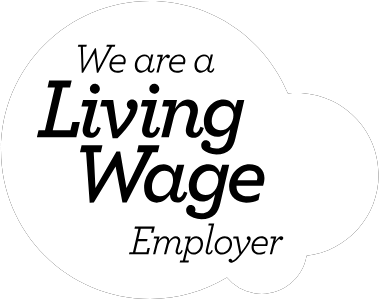Speeding up the journey to Net Zero in the built environment.
The Covid-19 pandemic has upturned many long-held assumptions about how we live and work. Consequently, urban planners, construction companies and real estate firms have been forced to confront whether the drastic changes that people and organisations have made will be temporary or long-lasting.
Will remote working, for example, be an “aberration” as Goldman Sach’s CEO believes, or permanent, as businesses such as Dropbox have confirmed? Will urbanization continue at the rate predicted by the UN in 2018 or will some of the world’s biggest cities see population declines, as PwC has predicted for London this year?
What is certain is that the pandemic provides an opportunity for everyone connected with the built environment to speed up their journey towards net zero. As governments start to enshrine net zero commitments in law and investors, including those focused on real estate, put capital into companies that prioritise ESG criteria, attention is turning to how housing, offices and all the interconnected services they rely on, can be more sustainable.
One of the key drivers for the move to net zero is the built environment’s carbon footprint. Energy use in buildings accounts for 17.5% percent of all greenhouse gas emissions, while the production of cement accounts for 3%.
To change these statistics, industry body the World Green Building Council is working on a number of initiatives as part of its Advancing Net Zero project. Its UK arm, for example, has launched a Net Zero Whole Life Carbon Roadmap, which sets a science-based trajectory to achieving net zero for the sector by 2050. “The concept of net zero carbon has taken the built environment sector by storm,” said John Alker, UKGBC’s Director of Policy and Places. “But there remains a missing key ingredient in terms of a single, coherent, shared plan of action for getting to net zero whole life carbon for the totality of the built environment.”
New builds are an obvious place to start to make changes. Using more sustainable building materials, particularly alternatives to concrete, is a key area of focus. Bamboo, cork and recycled plastics are just some of the options starting to make their presence felt, although they remain a long way from replacing concrete at scale. In the meantime, hybrid products such as Timbercrete aim to reduce the amount of concrete required. Also known as woodcrete, it combines waste from sawmills with other materials, including concrete, to create a product that is long lasting and has a high insulation value.
As well as raw materials, developers are focusing on other goals to reduce carbon emissions. Landsec has started work on the UK’s first net zero commercial building, The Forge, in London, using a ‘kit of parts’ approach to the build. This features repeatable processes, standardised connections, and automated assembly that claim to use less material and create less waste.
When it comes to energy, Joseph Homes is one of a number of developers looking to drive change. The UK-based B Corp has committed to making all its new homes “energy positive” by 2025 by incorporating solar panels, low energy lighting, and electric vehicle charging points.
For existing properties, retrofitting them to be more carbon friendly is a growing trend. Energiesprong is a Dutch approach to retrofitting houses that is taking off in a number of countries. It involves adding thermally efficient facades, solar panels, and heat pumps to reduce energy demand.
The humble homeowner is also being incentivised to make a difference, thanks to the UK government’s Green Homes Grant. Up to £10,000 is now available for applicants to make improvements, such as insulating lofts and walls, choosing more energy efficient windows, and upgrading old boilers.
Achieving net zero in the built environment requires us to zoom out from individual buildings, however, to look at how cities in particular can transform themselves. Transport – the largest source of carbon emissions – requires rethinking, so people are incentivised to use more public transport. More cycle lanes and, of course, electric vehicles are other important goals. Waste is another key consideration, notably removing single-use items, reducing packaging and recycling as much as possible, including building materials.
The built environment that the world needs could be the vision outlined by The Living Future Institute. This global non-profit organisation oversees the Living Building Challenge (LBC) – the self-styled most rigorous green building standard in the world – which creates structures that generate their own energy, capture their own water, process their own waste, and incorporate community and wellbeing projects. Scaled up, these buildings can form so-called Living Communities that aim to create a positive impact on both the human and natural systems that interact with them.
The Bullitt Centre in the American city of Seattle, dubbed the greenest commercial building in the world when it was opened in 2013, was one of the first to be built using LBC criteria. Denis Hayes is the founder of Earth Day and CEO of the Bullitt Foundation, which funded the build. “As a society, we need to be bold in ways that were once unimaginable,” he writes on the Bullitt Centre’s website. “Luckily in the building sector, we now can imagine where we need to go.”






